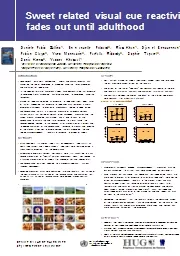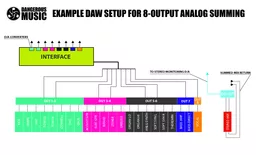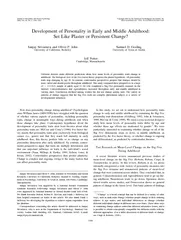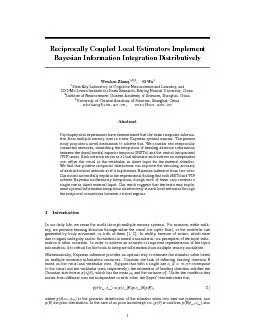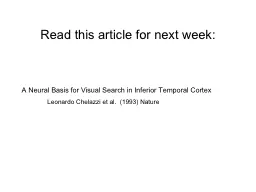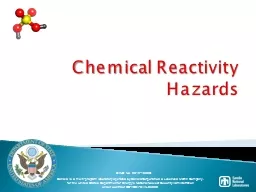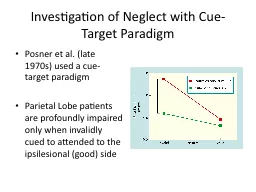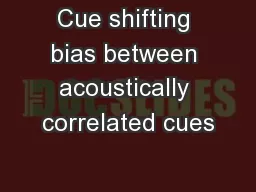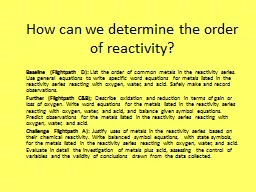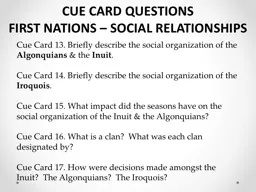PPT-Sweet related visual cue reactivity fades out until adultho
Author : myesha-ticknor | Published Date : 2016-07-24
Daniele Fabio Zullino 1 Emmanuelle Fr é sard 2 Riaz Khan 1 Djamel Benguettat 1 Fabian Clays 2 Yves Montagrin 2 Farfalla Ribordy 2 Sophie Taparel 2 Sonia
Presentation Embed Code
Download Presentation
Download Presentation The PPT/PDF document "Sweet related visual cue reactivity fade..." is the property of its rightful owner. Permission is granted to download and print the materials on this website for personal, non-commercial use only, and to display it on your personal computer provided you do not modify the materials and that you retain all copyright notices contained in the materials. By downloading content from our website, you accept the terms of this agreement.
Sweet related visual cue reactivity fades out until adultho: Transcript
Download Rules Of Document
"Sweet related visual cue reactivity fades out until adultho"The content belongs to its owner. You may download and print it for personal use, without modification, and keep all copyright notices. By downloading, you agree to these terms.
Related Documents

